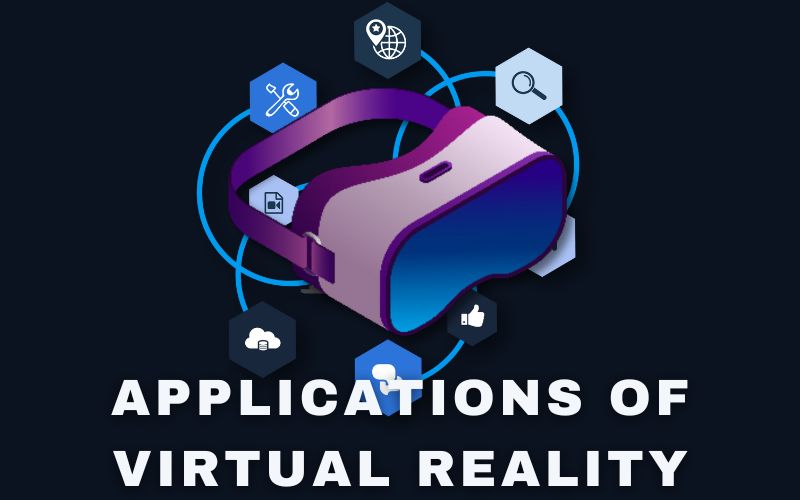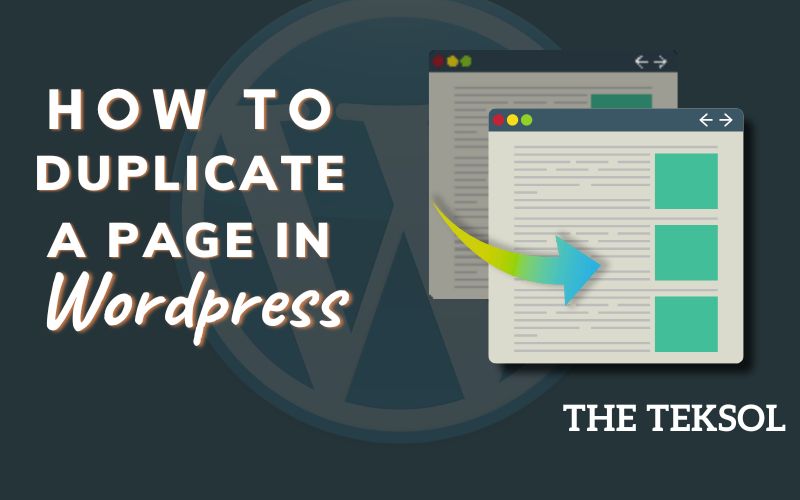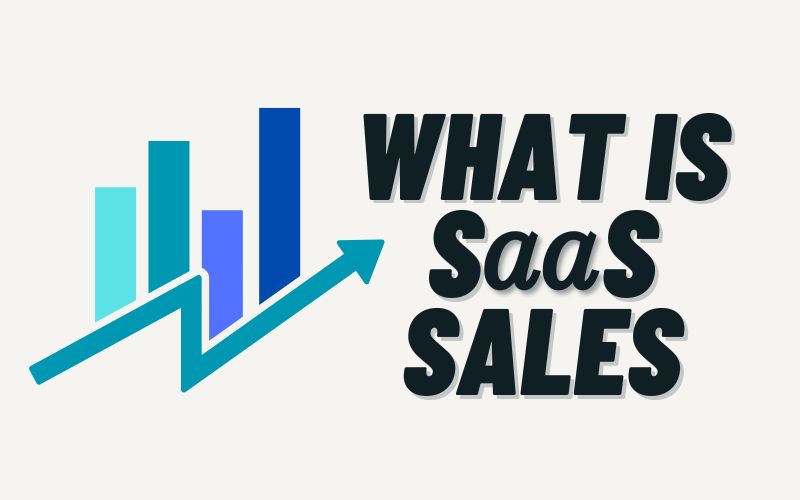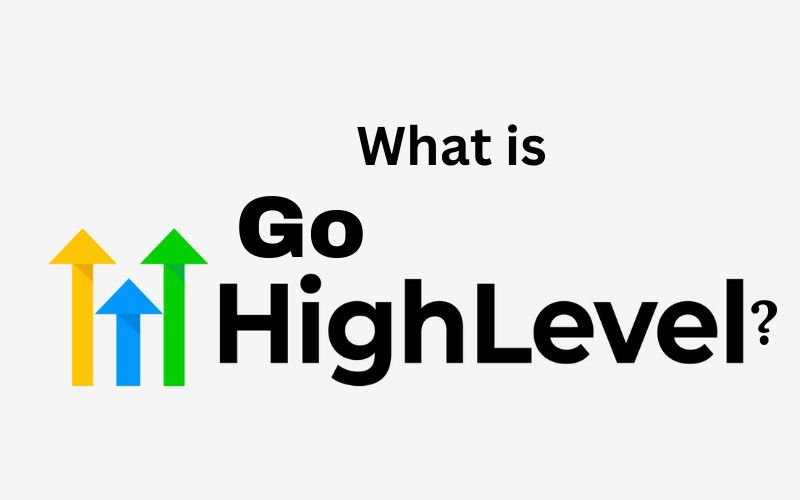In this blog post, we will explore some of the application of virtual reality in different industries and domains. We will also discuss some of the benefits and challenges of using VR for these purposes.
According to Wikipedia “Application of Virtual reality are applications that make use of virtual reality (VR), an immersive sensory experience that digitally simulates a virtual environment. Applications have been developed in a variety of domains, such as education, architectural and urban design, digital marketing and activism, engineering and robotics, entertainment, virtual communities, fine arts, healthcare and clinical therapies, heritage and archaeology, occupational safety, social science and psychology.”
What is Virtual reality (VR)?
Virtual reality (VR) is a technology that creates immersive and realistic simulations of different environments and scenarios. VR can be experienced through various devices, such as headsets, gloves, controllers, or even smartphones.
#1- Entertainment
One of the most popular and widely used applications of Virtual Reality is entertainment. VR can provide users with a variety of experiences that are not possible in real life, such as traveling to exotic places, playing games with friends or strangers, watching movies or shows in 3D or 360 degrees, or even living out their fantasies.
Some examples of entertainment platforms that use VR are:
(i) Oculus Rift
Oculus Rift is one of the most popular VR headsets on the market. It offers high-quality graphics and performance for gaming and other immersive applications. Oculus Rift also supports various accessories, such as controllers, hand tracking devices, or wireless adapters.
(ii) HTC Vive:
HTC Vive is another leading VR headset that offers a wide range of content and features for gaming and other applications. HTC Vive also supports various accessories, such as controllers, base stations, or wireless adapters.
(iii) Google Cardboard:
Google Cardboard is a simple and affordable way to experience VR using your smartphone. It consists of a cardboard box that holds your phone in place and two lenses that create a stereoscopic effect. Google Cardboard also supports various apps that offer different types of VR content.
(iv) YouTube VR:
YouTube VR is an app that allows you to watch YouTube videos in 360 degrees or 3D using your smartphone or compatible device. You can also interact with the videos by tilting your device or using your hands.
#2- Education
Another application of Virtual Reality is education. VR can provide students with a more engaging and interactive way to learn about various subjects and topics. VR can also help teachers to create more effective and personalized learning environments for their students.
Some examples of education platforms that use VR are:
(i) Google Expeditions
Google Expeditions is an app that allows teachers to take their students on virtual field trips to different places around the world using their smartphones or tablets. Students can explore different landmarks, cultures, animals, plants, and more using their cameras or screens.
(ii) MuseumVR
MuseumVR is an app that allows users to visit museums from anywhere in the world using their smartphones or tablets. Users can see exhibits from famous museums such as the Louvre Museum in Paris or the Smithsonian Institution in Washington D.C.
(iii) NASA Solar System Scope
NASA Solar System Scope is an app that allows users to explore the solar system using their smartphones or tablets. Users can see realistic images and animations of planets, moons, asteroids, comets, and more.
(iv) BrainPOP Jr.
The Magic School Bus Inside Out: BrainPOP Jr.: The Magic School Bus Inside Out is an app that allows users to join Ms. Frizzle on her adventures inside her magic school bus using their smartphones or tablets. Users can learn about science topics such as space travel, weather, and ecosystems.
#3- Healthcare
Another application of Virtual Reality is healthcare. VR can provide patients with a more comfortable and effective way to receive treatment, monitor their health, or cope with their conditions. VR can also help healthcare professionals to train, diagnose, or perform surgeries more accurately and safely.
Some examples of healthcare platforms that use VR are:
(i) MindMaze
MindMaze is a platform that uses brain-computer interfaces (BCIs) to create immersive experiences for patients who suffer from neurological disorders such as stroke, Parkinson’s disease, or depression. Patients wear special headsets and gloves that allow them to control virtual environments with their thoughts and emotions. MindMaze aims to improve cognitive functions, motor skills, and quality of life for these patients.
(ii) Virta Health
Virta Health is a platform that uses virtual reality (VR) therapy to treat chronic pain conditions such as fibromyalgia, chronic fatigue syndrome, or irritable bowel syndrome. Patients wear special headsets that deliver soothing sounds and visuals to distract them from their pain and reduce their stress levels. Virta Health claims to improve physical function, mental health, and well-being for these patients.
(iii) SimuHealth
SimuHealth is a platform that uses simulation-based training (SBT) to train healthcare professionals in various skills such as CPR, first aid, or surgical procedures. Students wear special headsets that provide realistic feedback and guidance to practice these skills in simulated scenarios. SimuHealth aims to improve clinical competence and confidence.
#4- Business
Another application of Virtual Reality is business. VR can provide businesses with a more efficient and effective way to communicate, collaborate, or market their products and services. VR can also help businesses to reduce costs, increase productivity, or enhance customer satisfaction.
Some examples of business platforms that use VR are:
(i) Spatial
Spatial is a platform that uses VR to create virtual meeting rooms for remote teams. Users can join the meeting rooms using their smartphones, tablets, or VR headsets. Users can also see and interact with each other’s avatars, share files, or use 3D models and holograms.
(ii) IKEA Place
IKEA Place is an app that uses VR to help customers visualize how IKEA products would look in their homes. Users can scan their rooms using their smartphones or tablets, and then place and arrange IKEA furniture and accessories in their virtual spaces.
(iii) Walmart VR
They uses VR to train Walmart employees in various skills such as customer service, safety, or inventory management. Employees wear special headsets that simulate real-life scenarios and challenges that they may face in their jobs.
(iv) L’Oréal Paris
They use it to marketing and sales strategies. Customers can use their smartphones or tablets to try on different makeup products and shades using augmented reality (AR). Customers can also use VR headsets to experience virtual beauty tutorials or consultations.
Conclusion
Virtual reality is a technology that has many applications in different industries and domains. VR can provide users with immersive and realistic experiences that can benefit them in various ways. However, VR also has some challenges and limitations, such as technical issues, ethical concerns, or health risks. Therefore, VR users and developers should be aware of these factors and use VR responsibly and appropriately.




One Comment